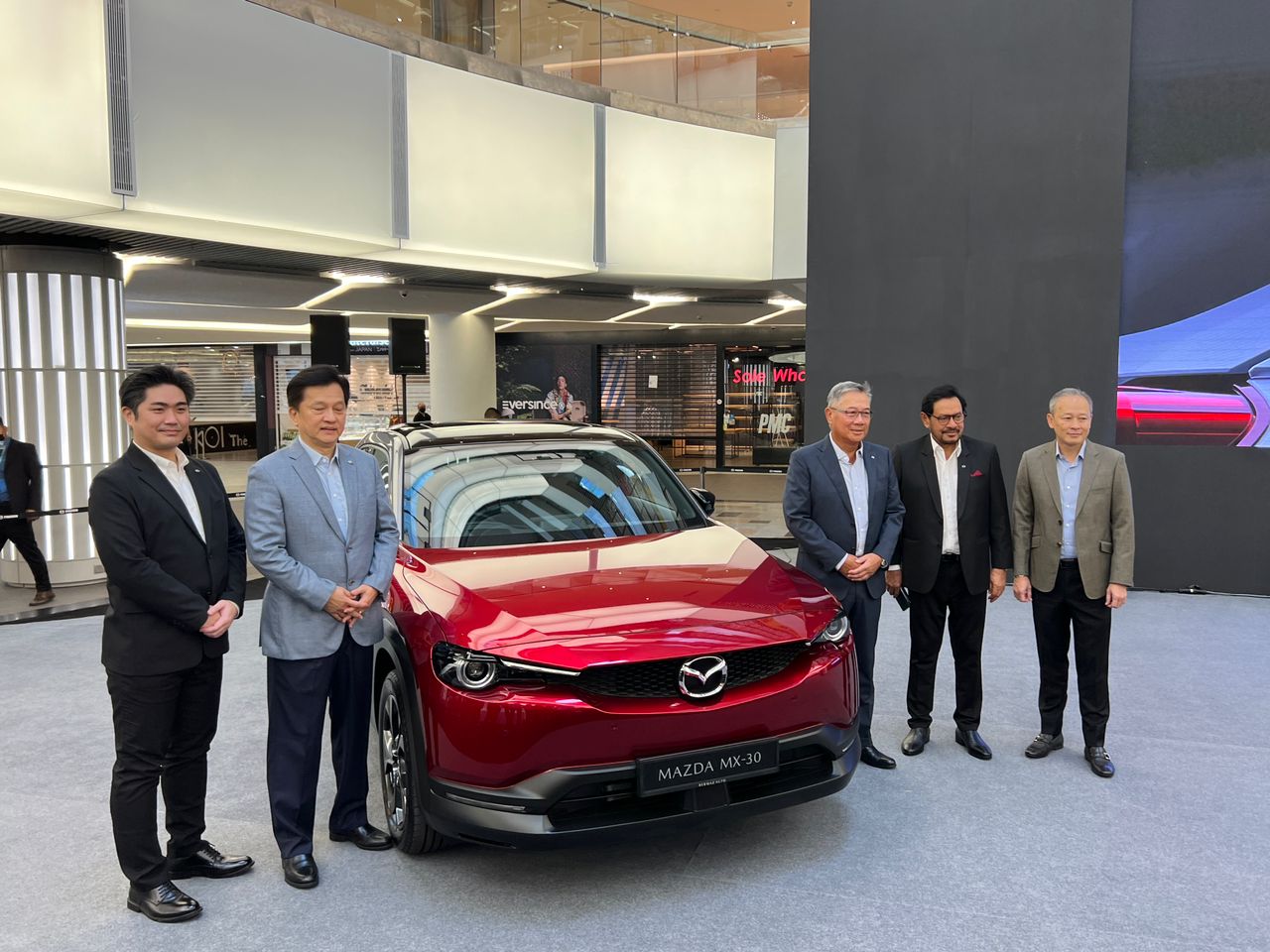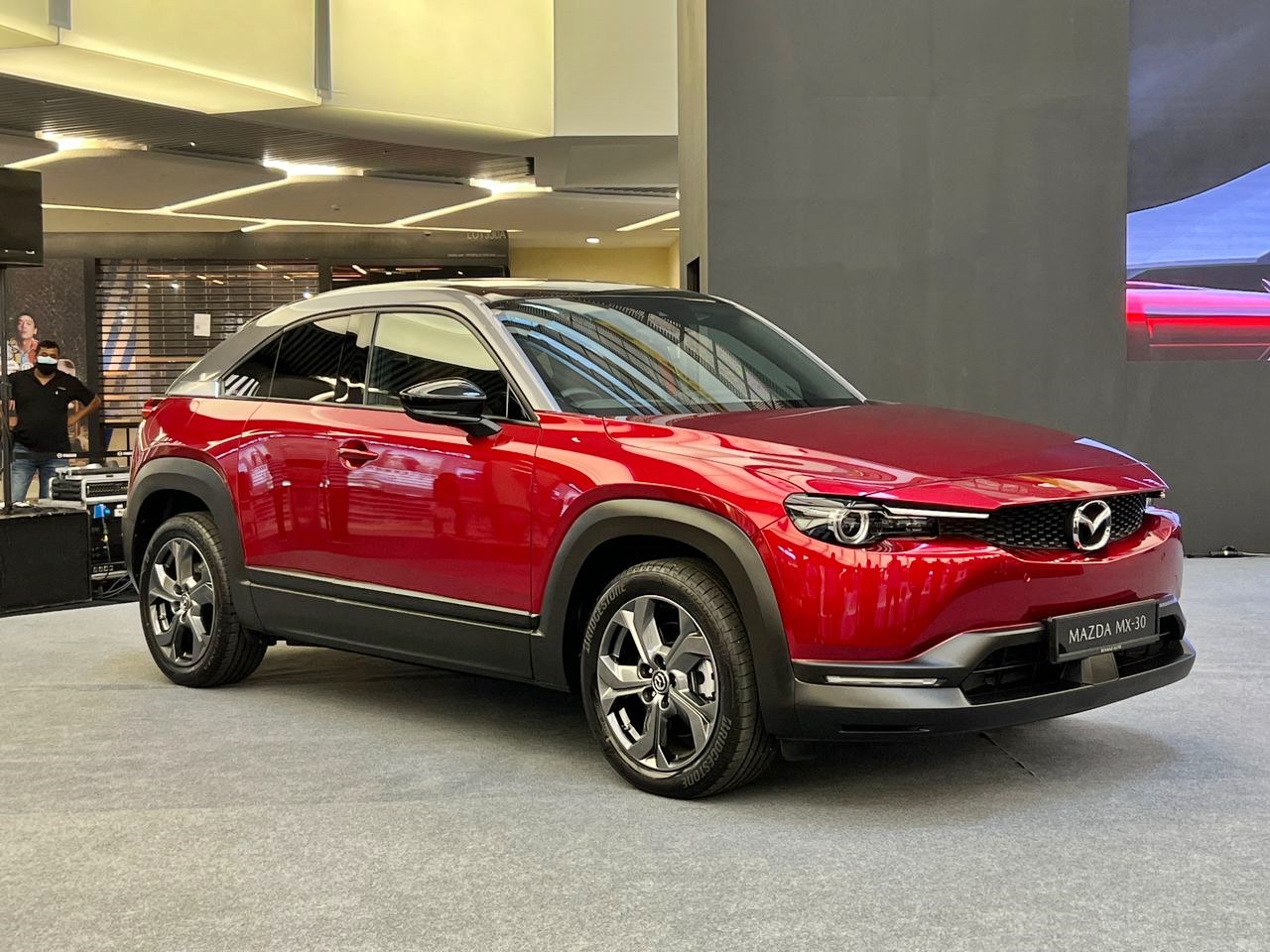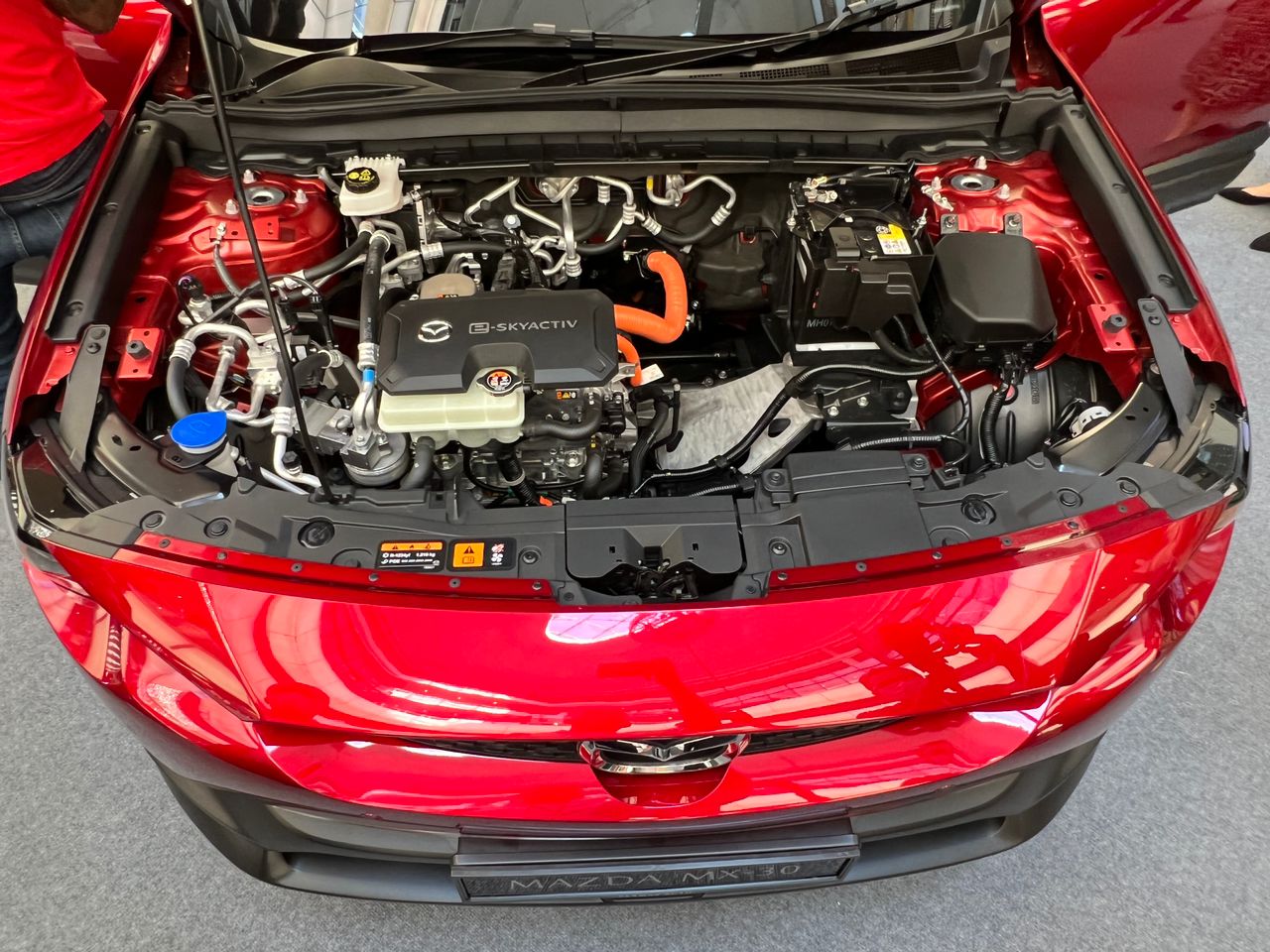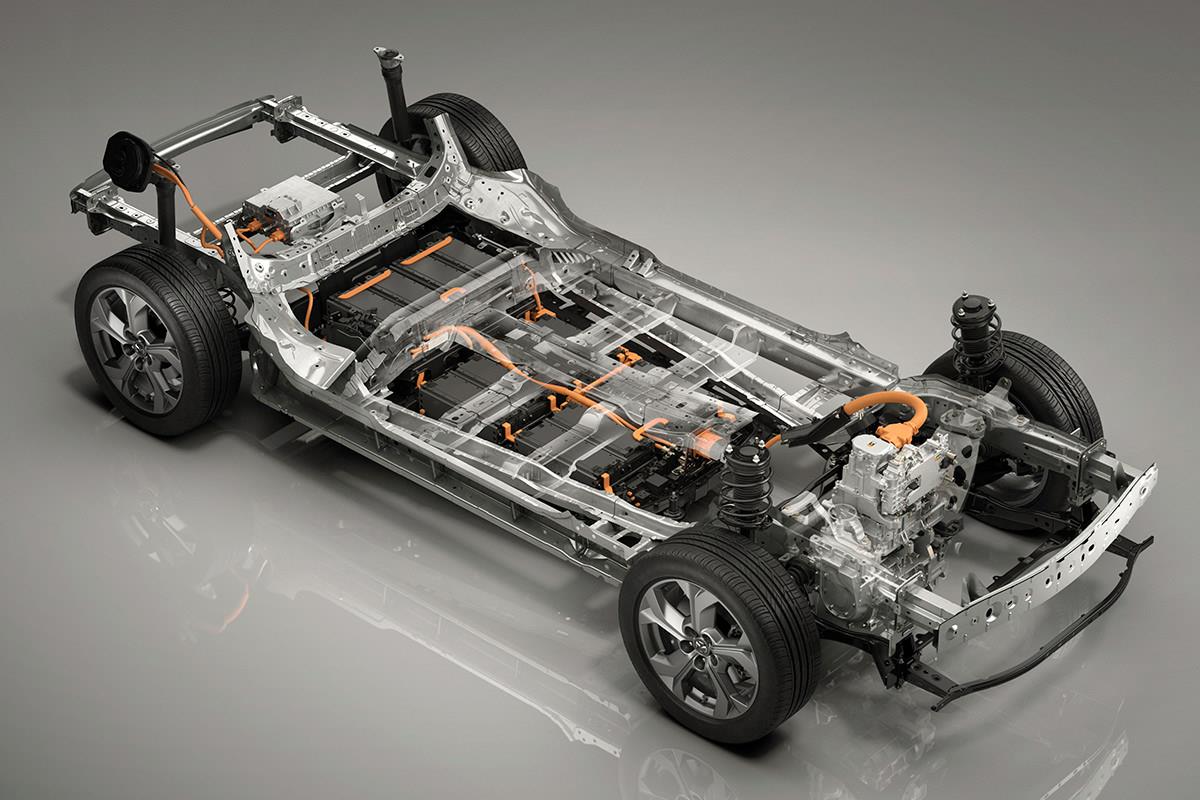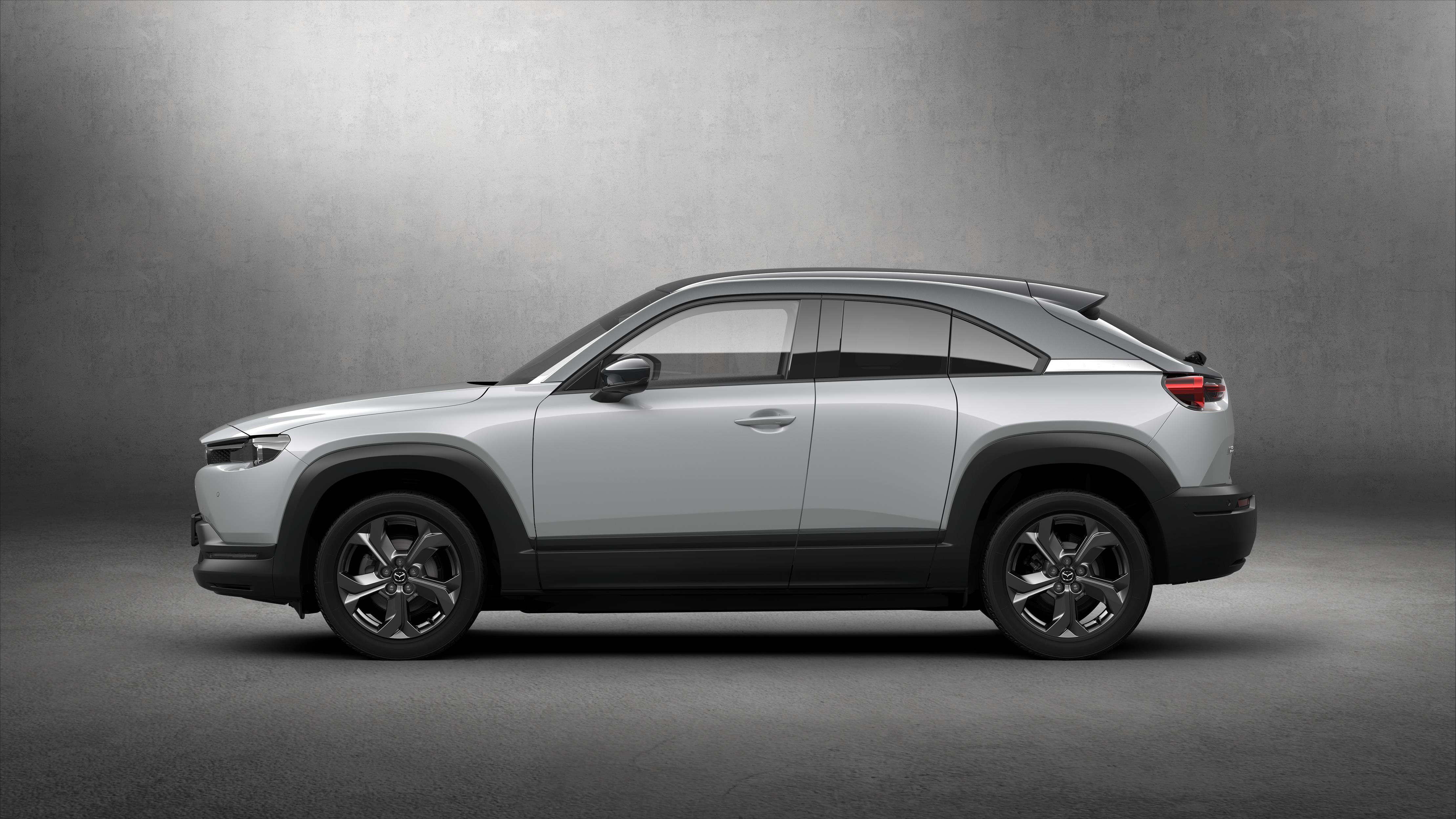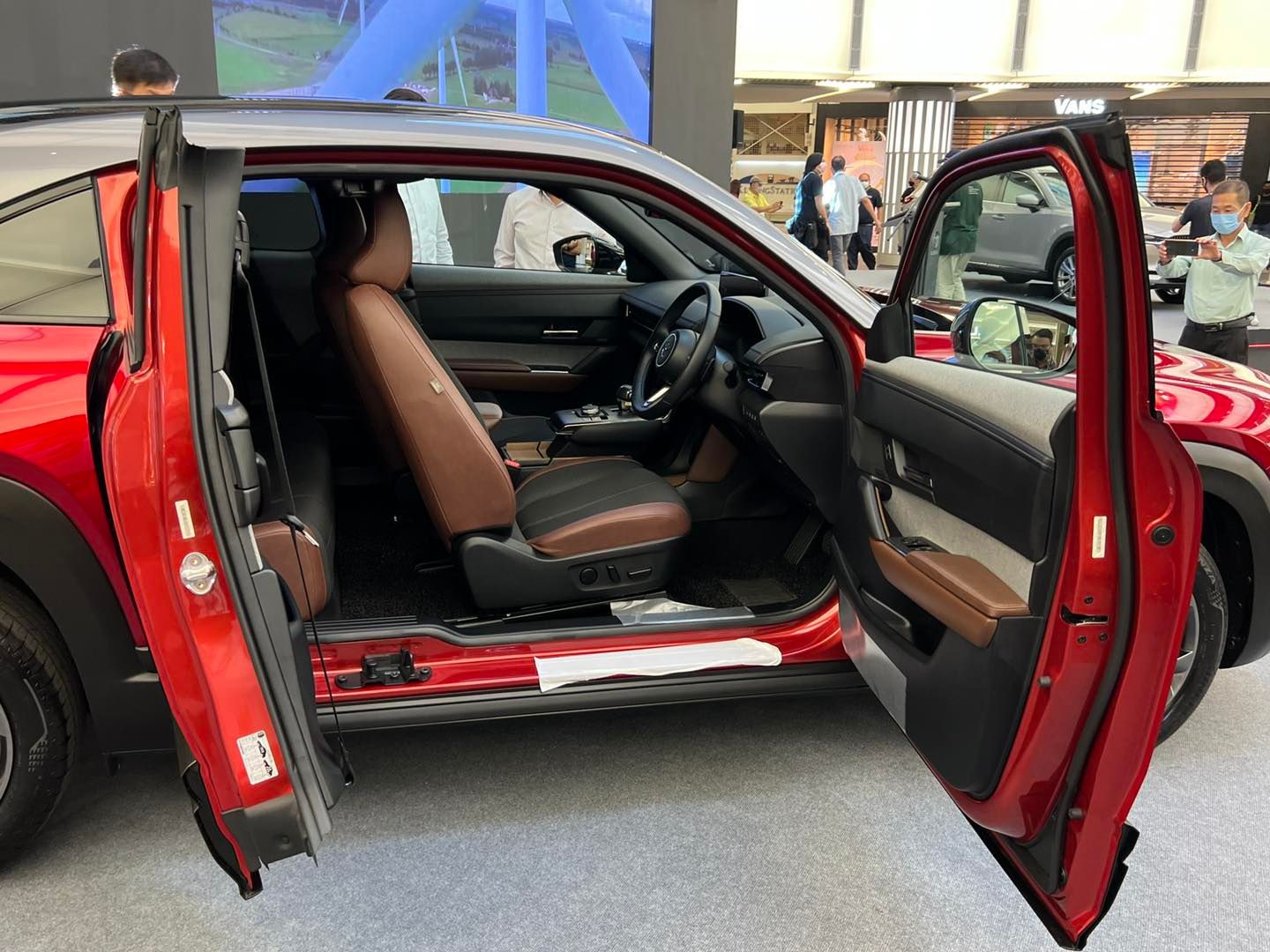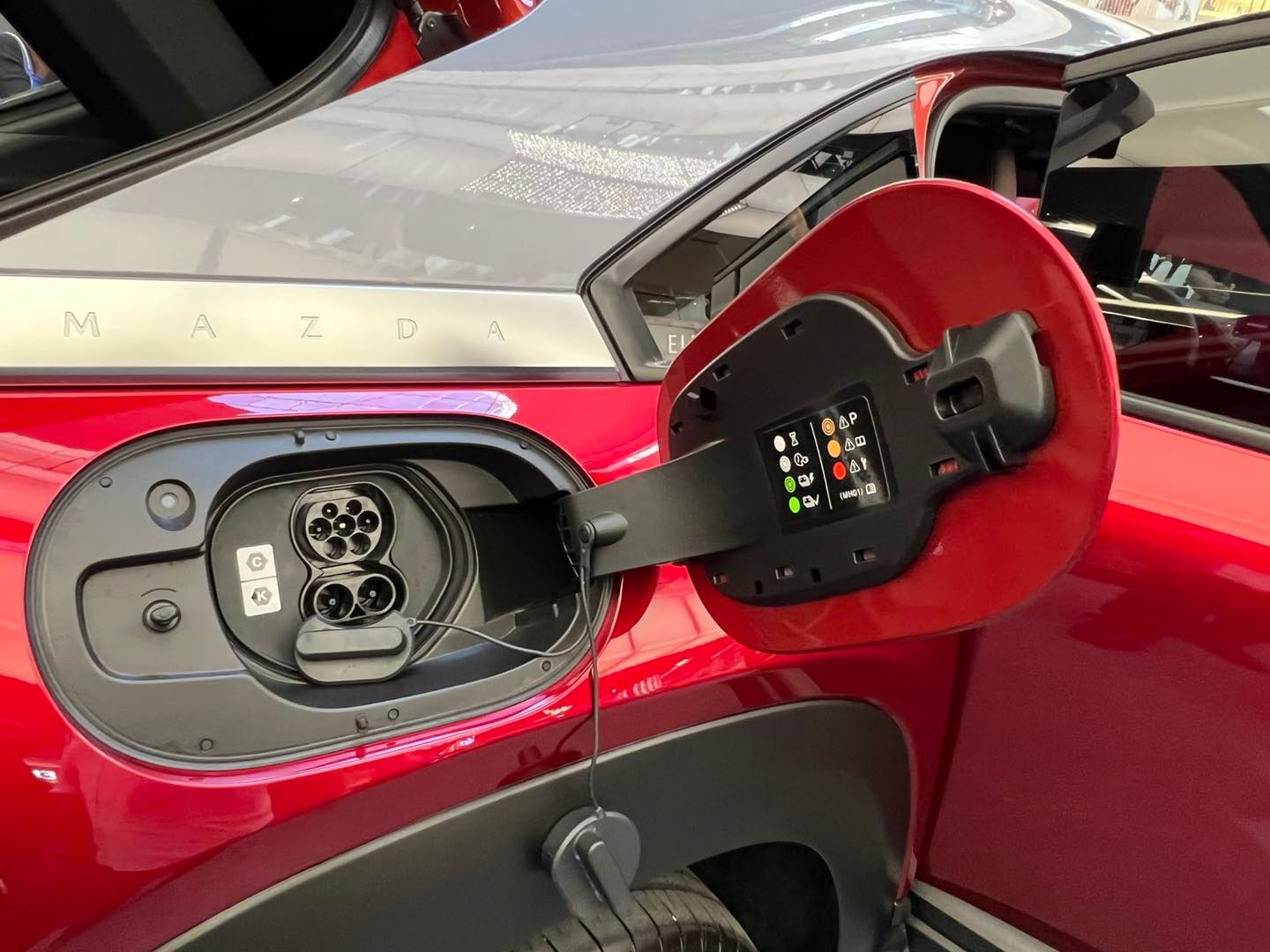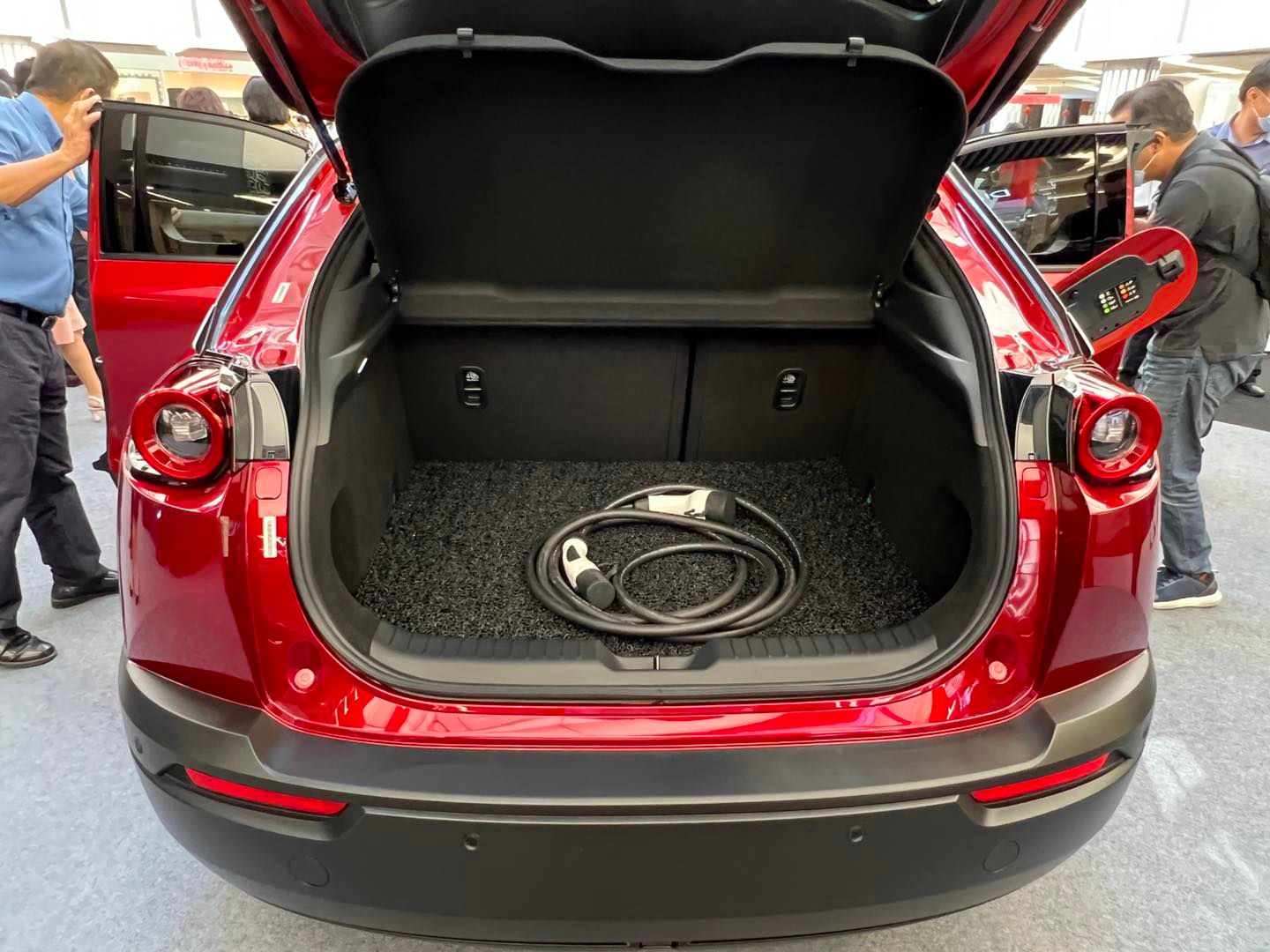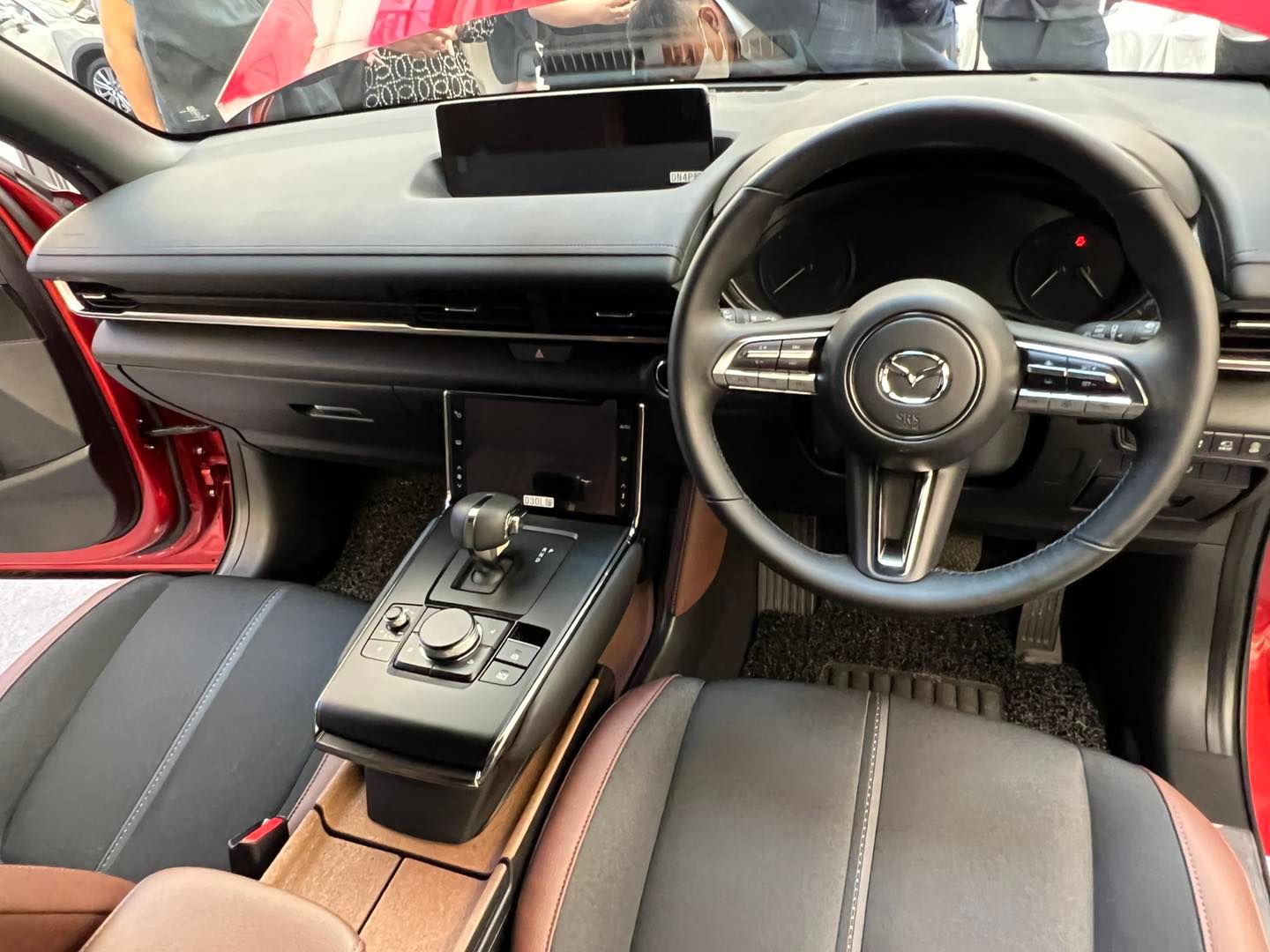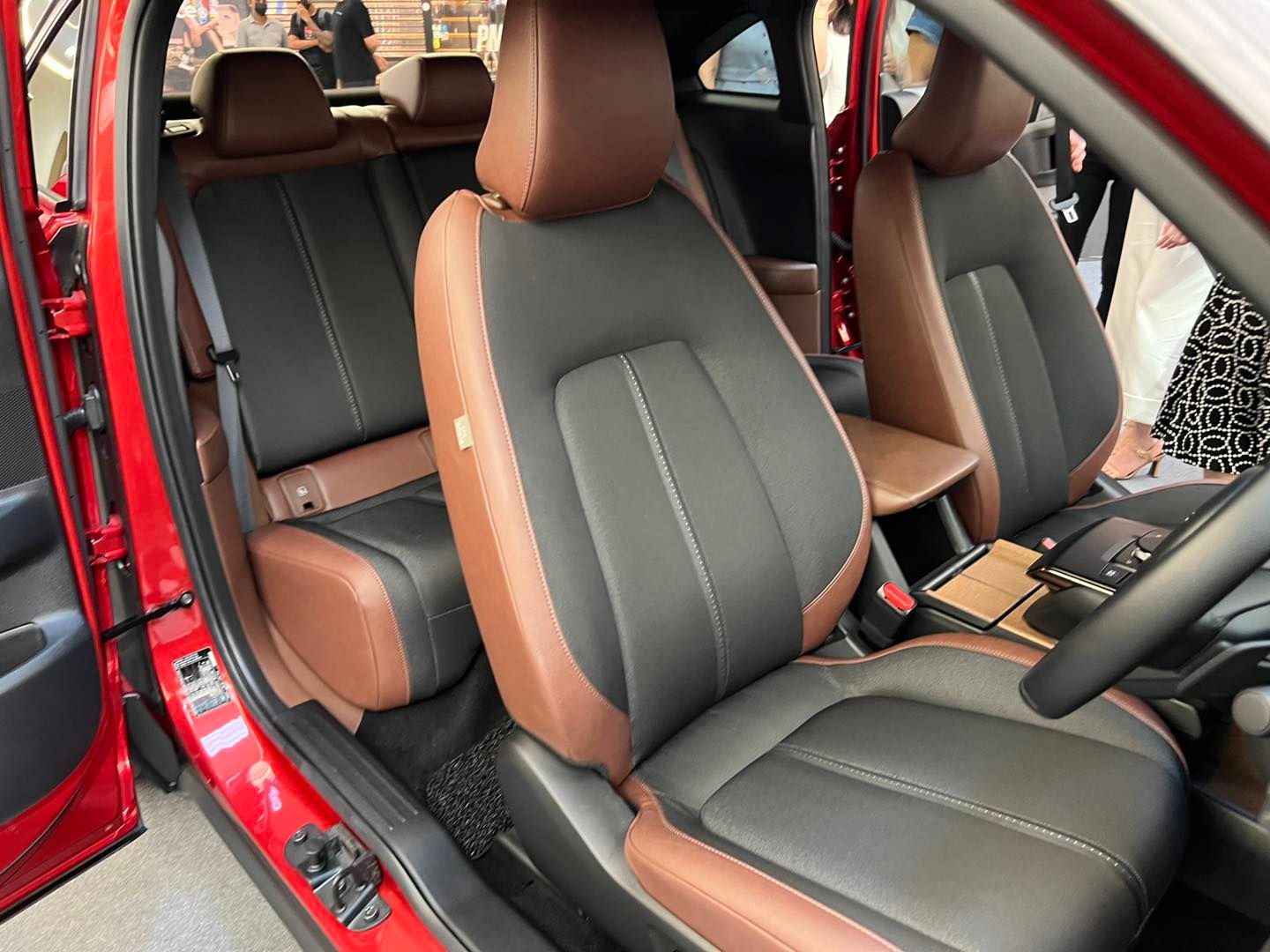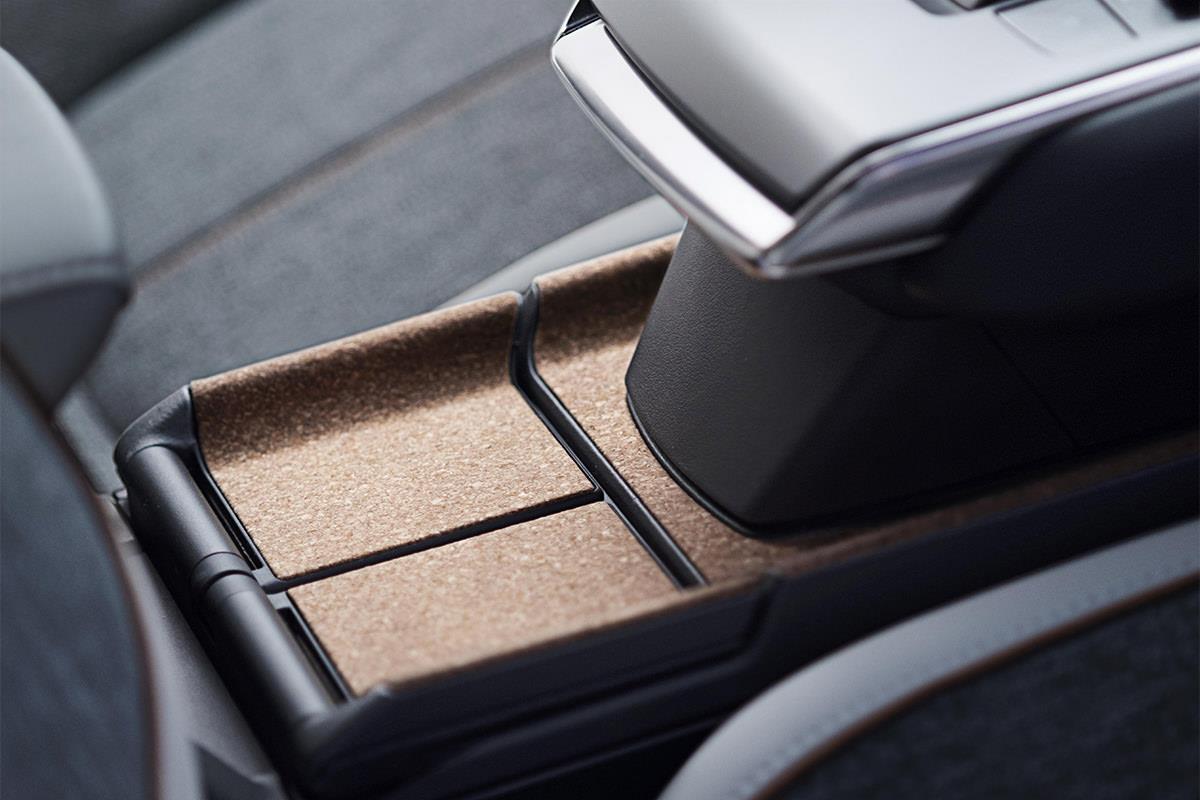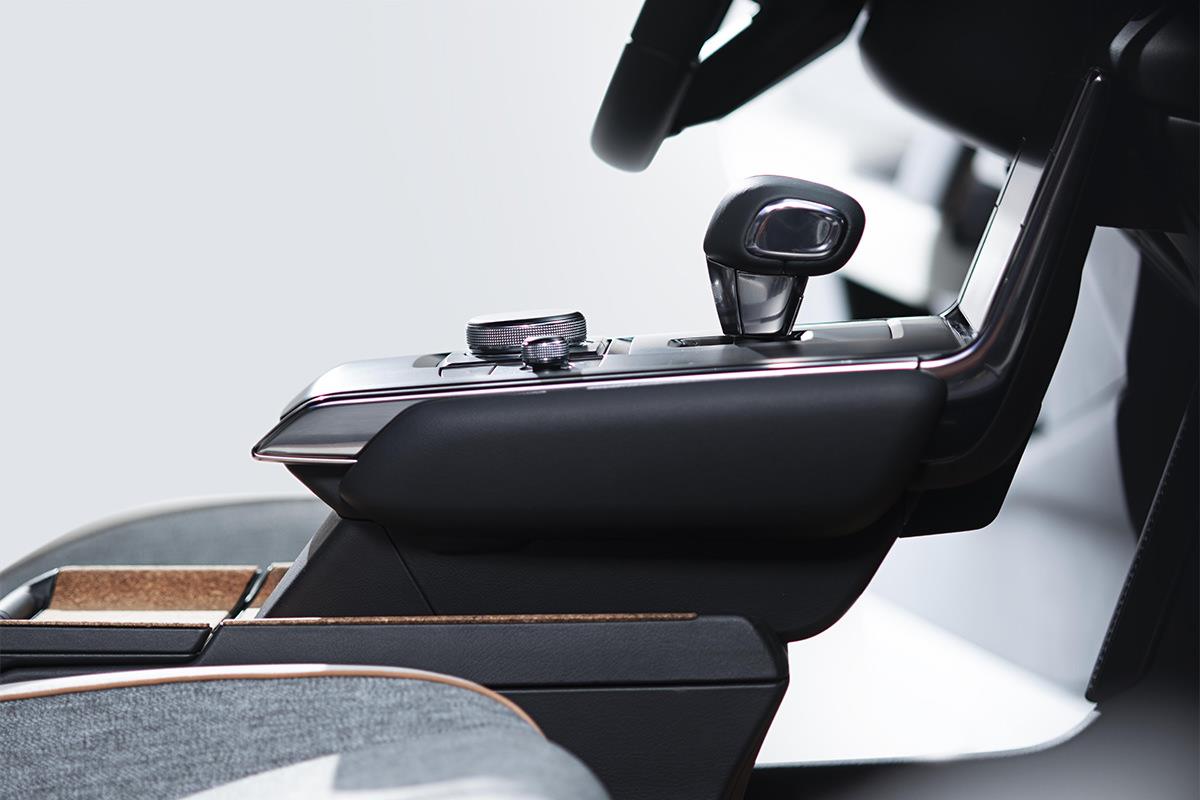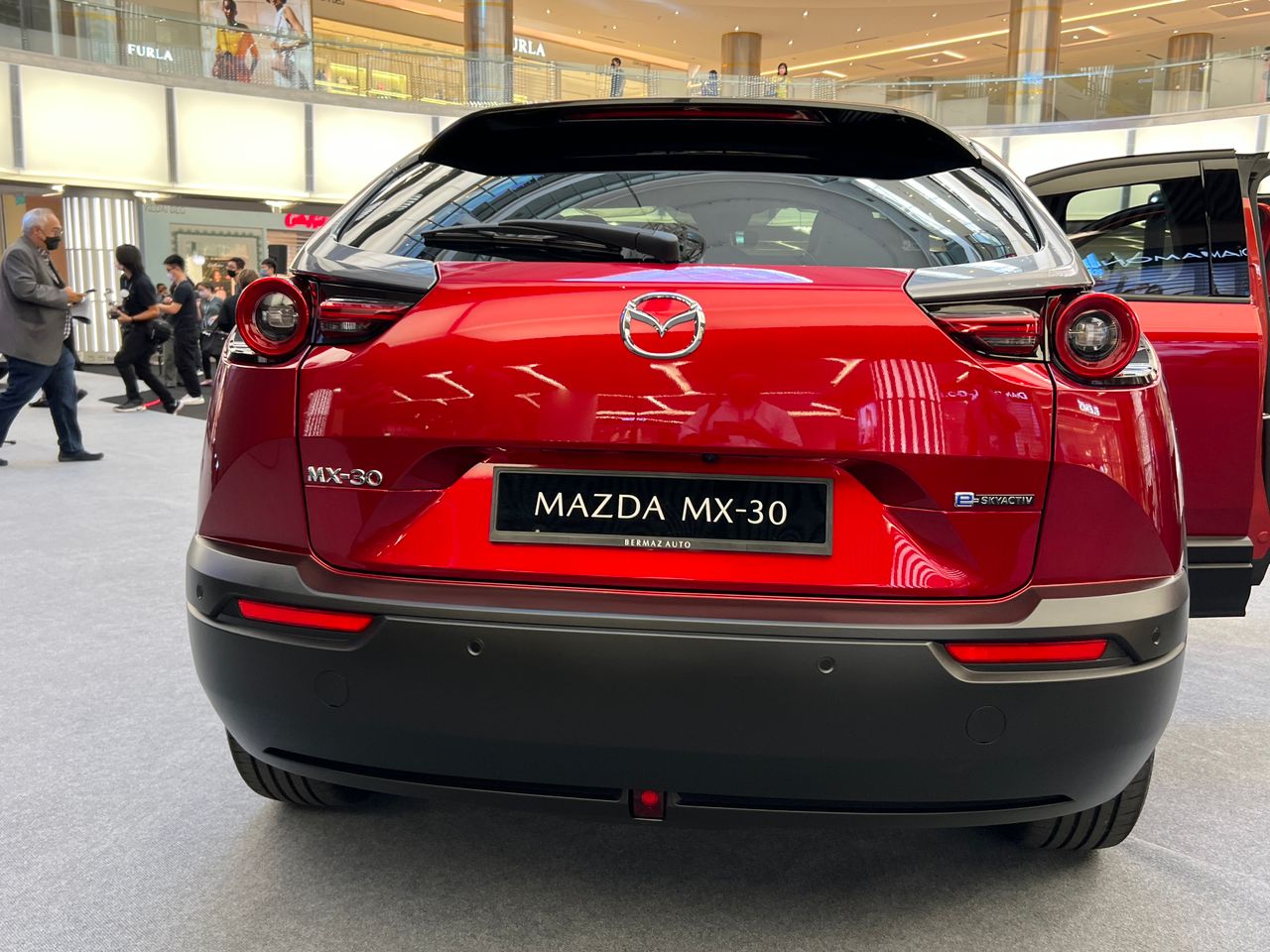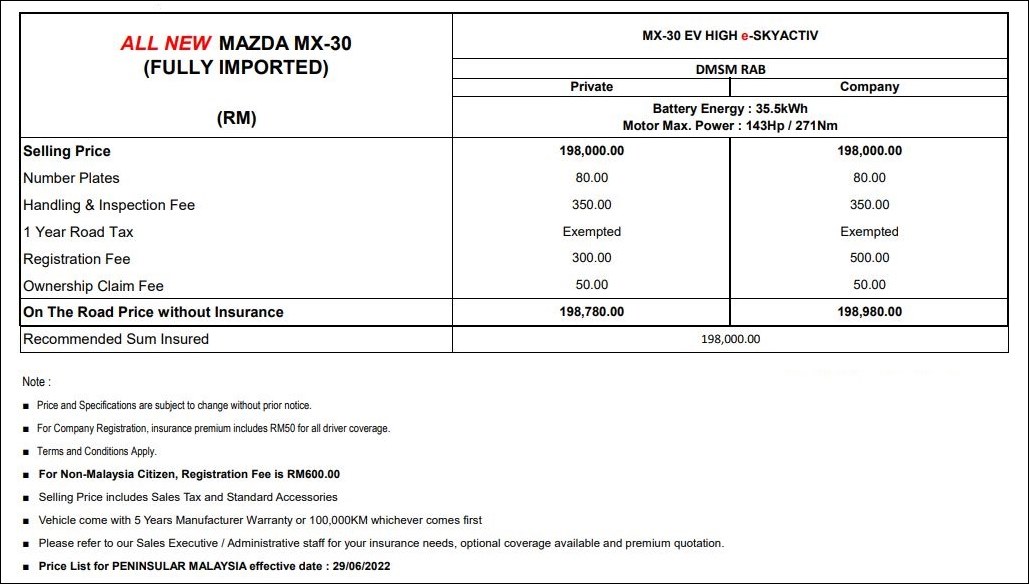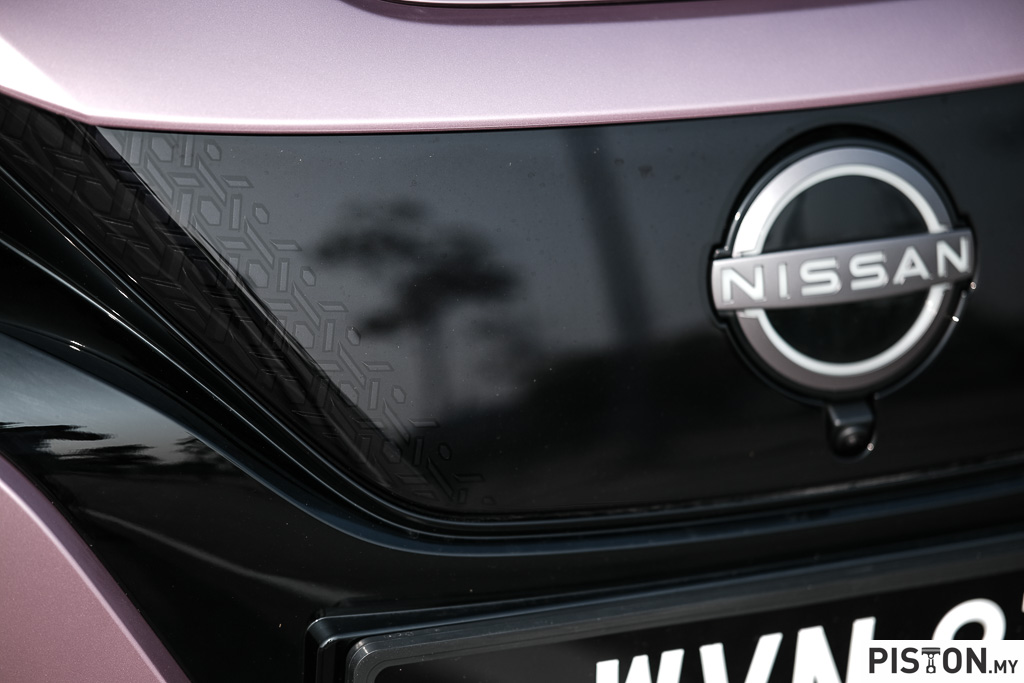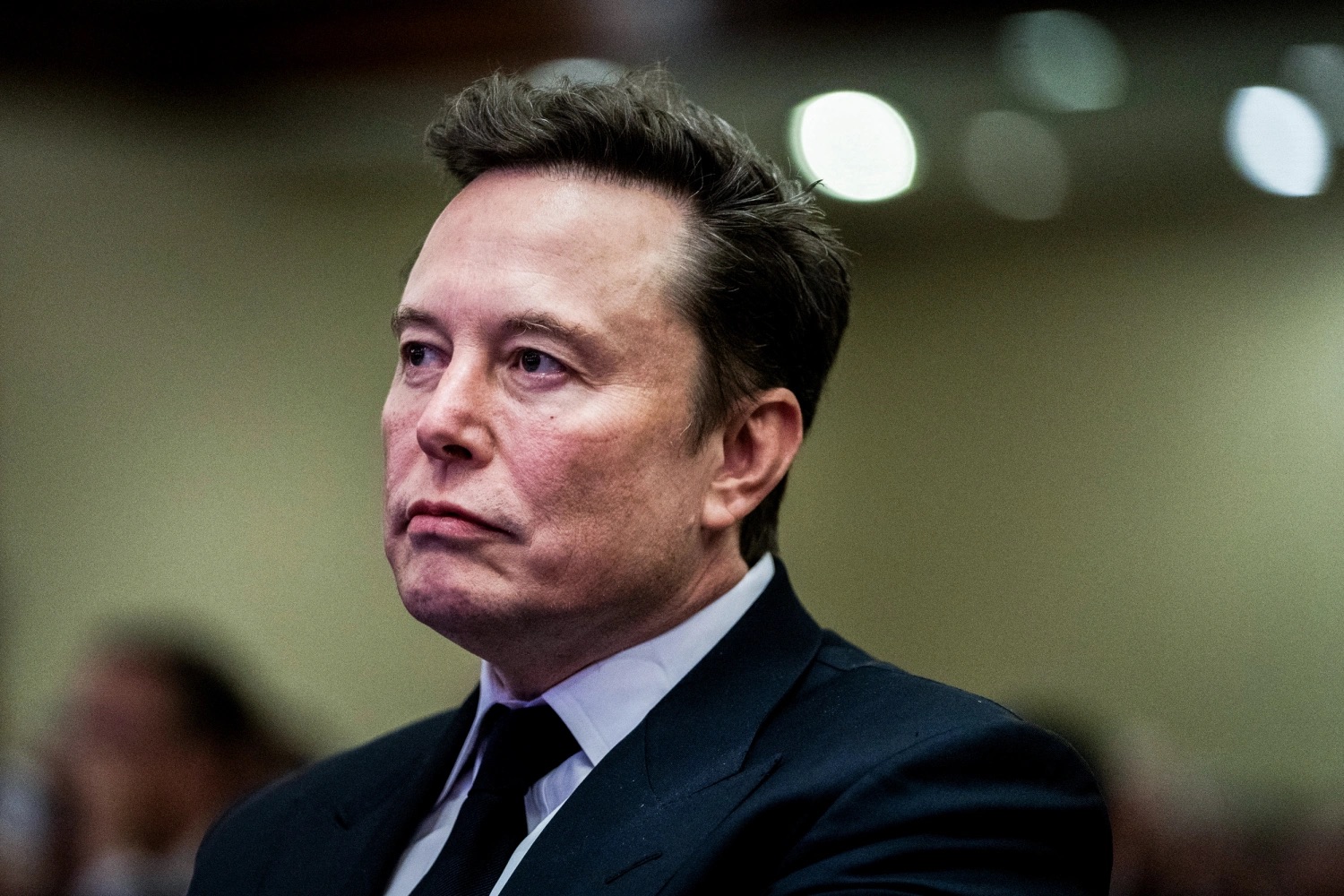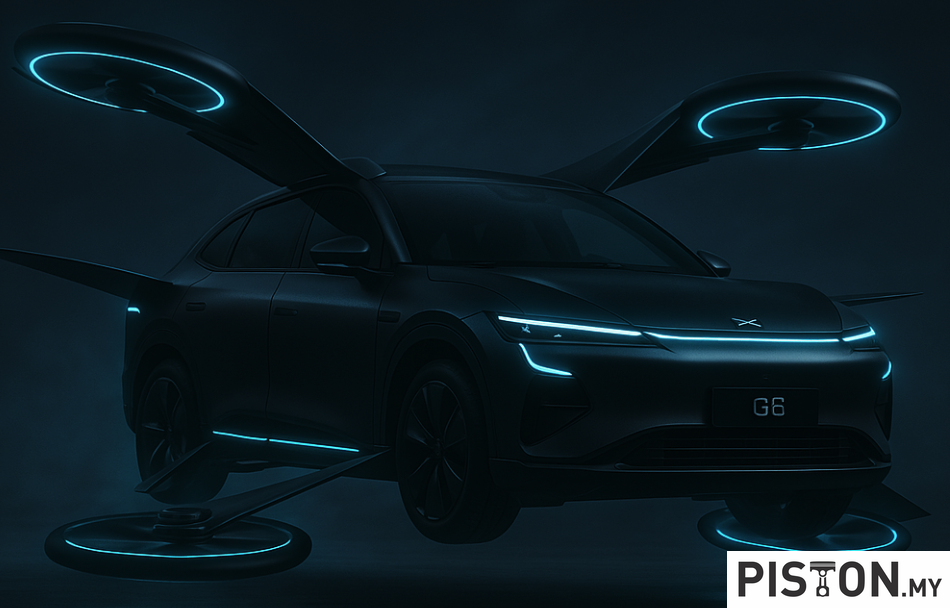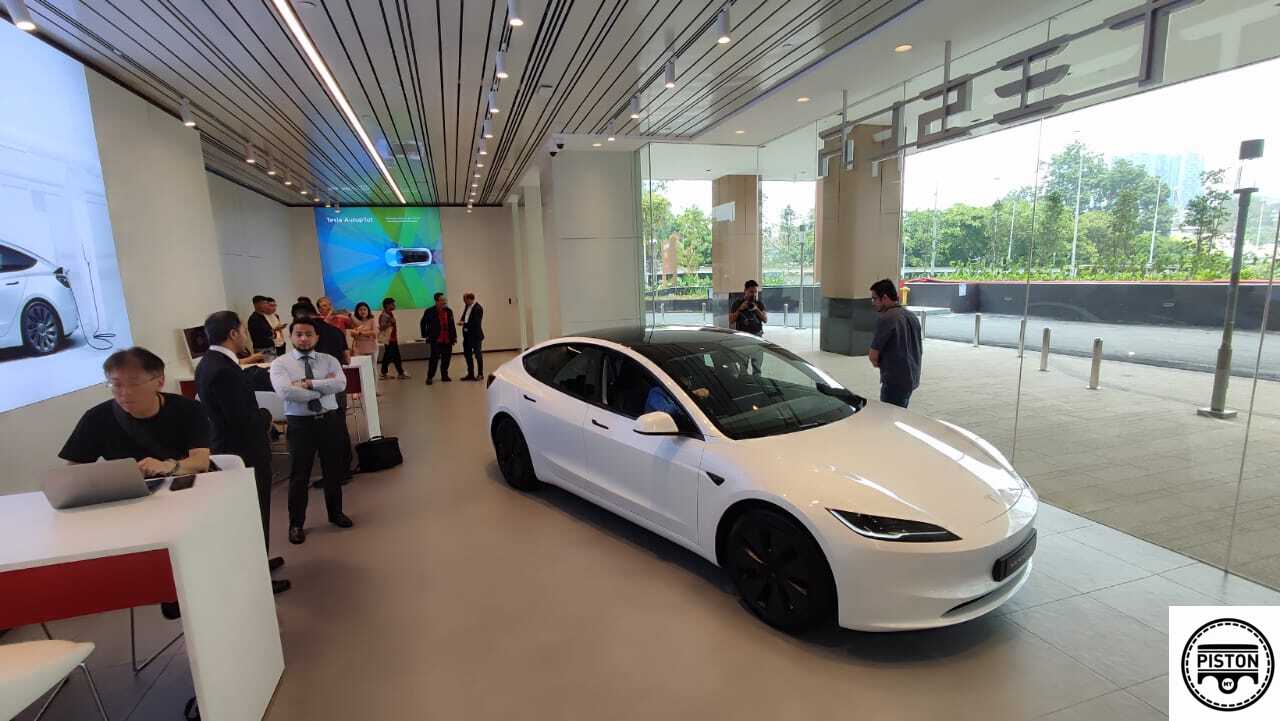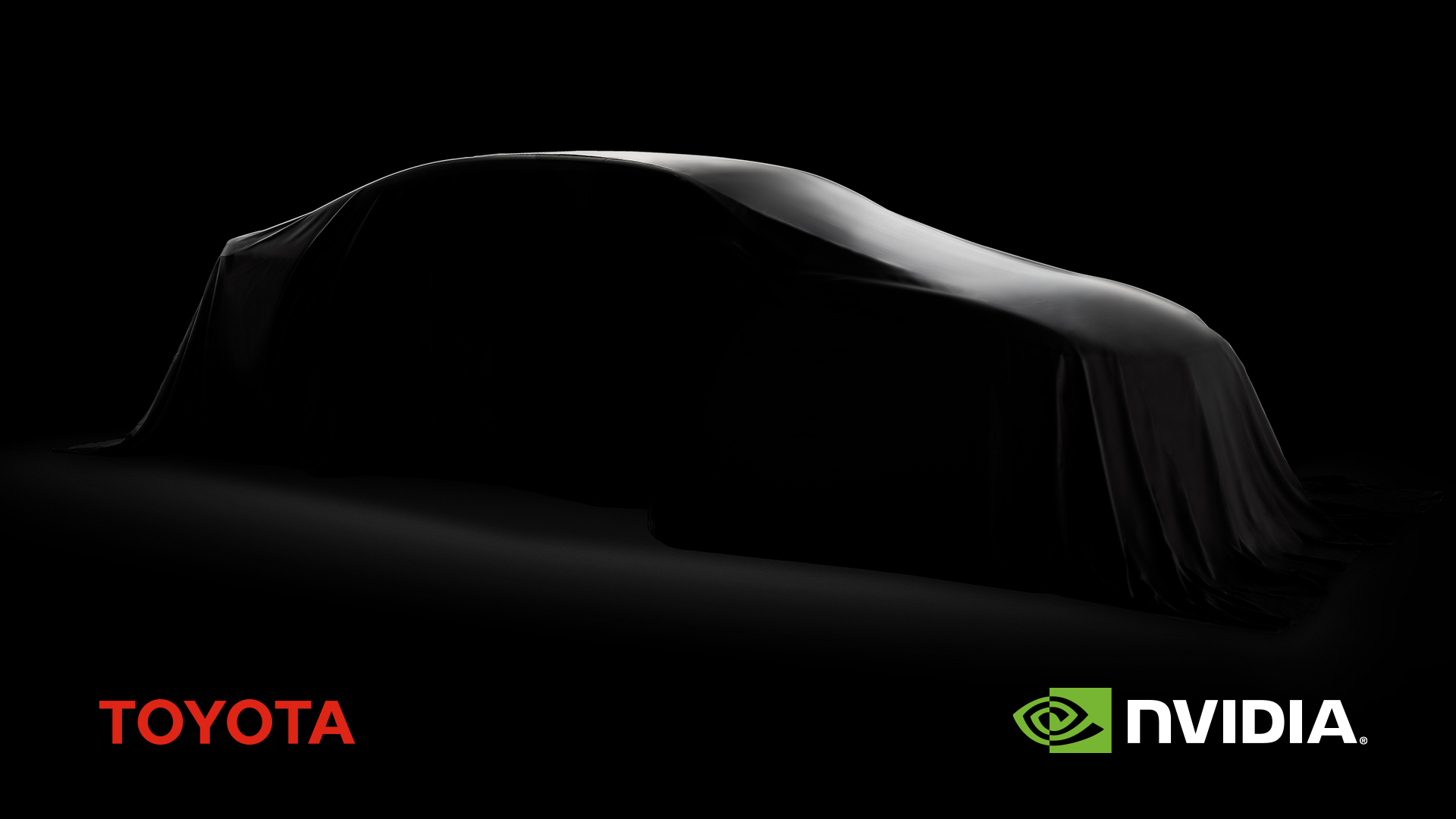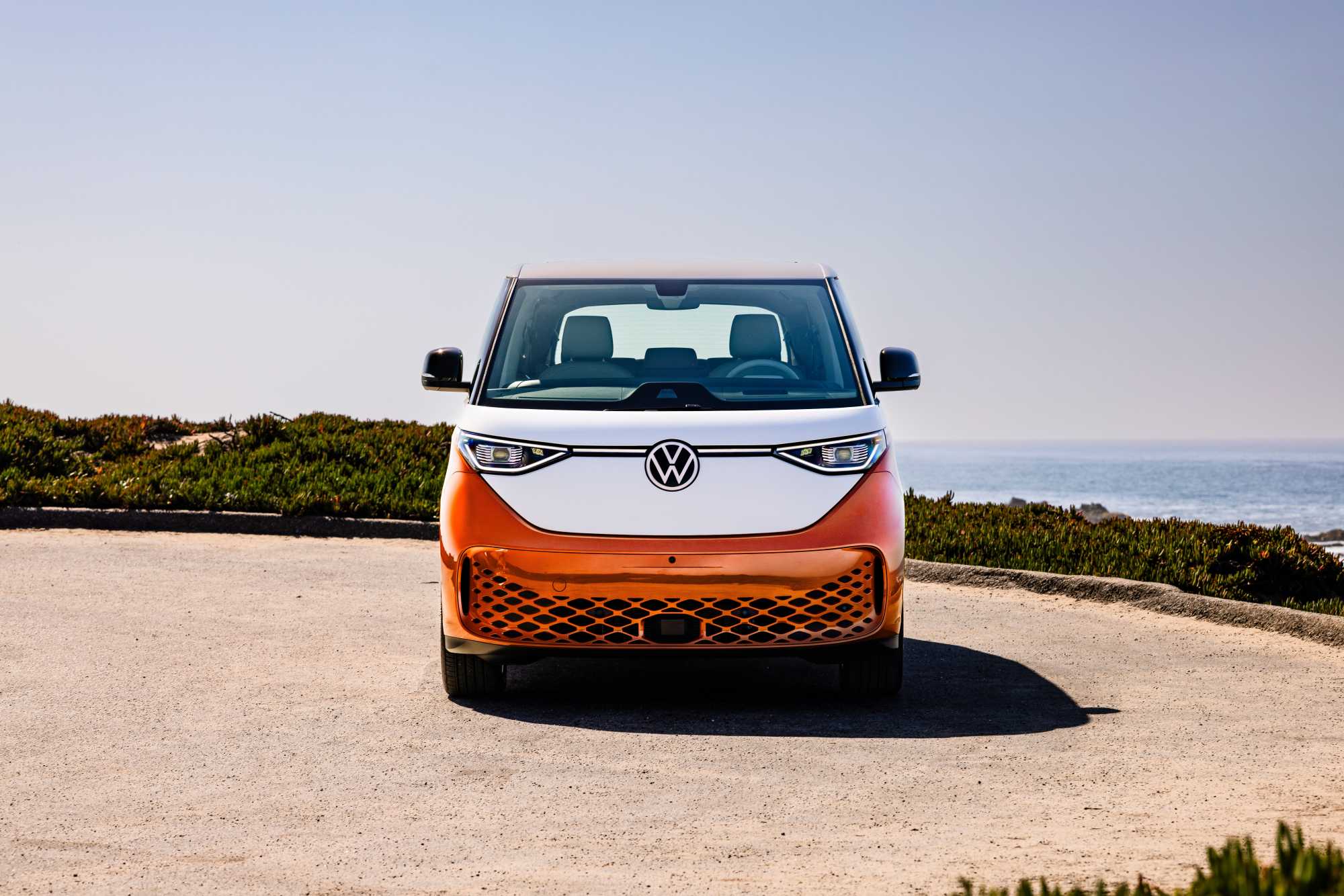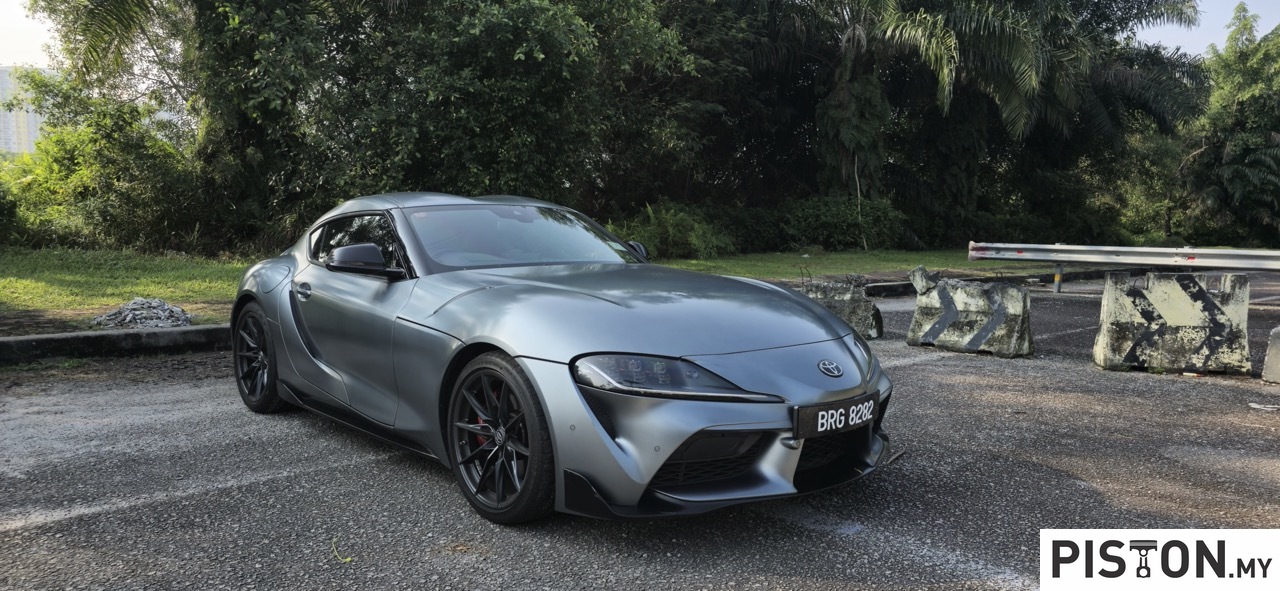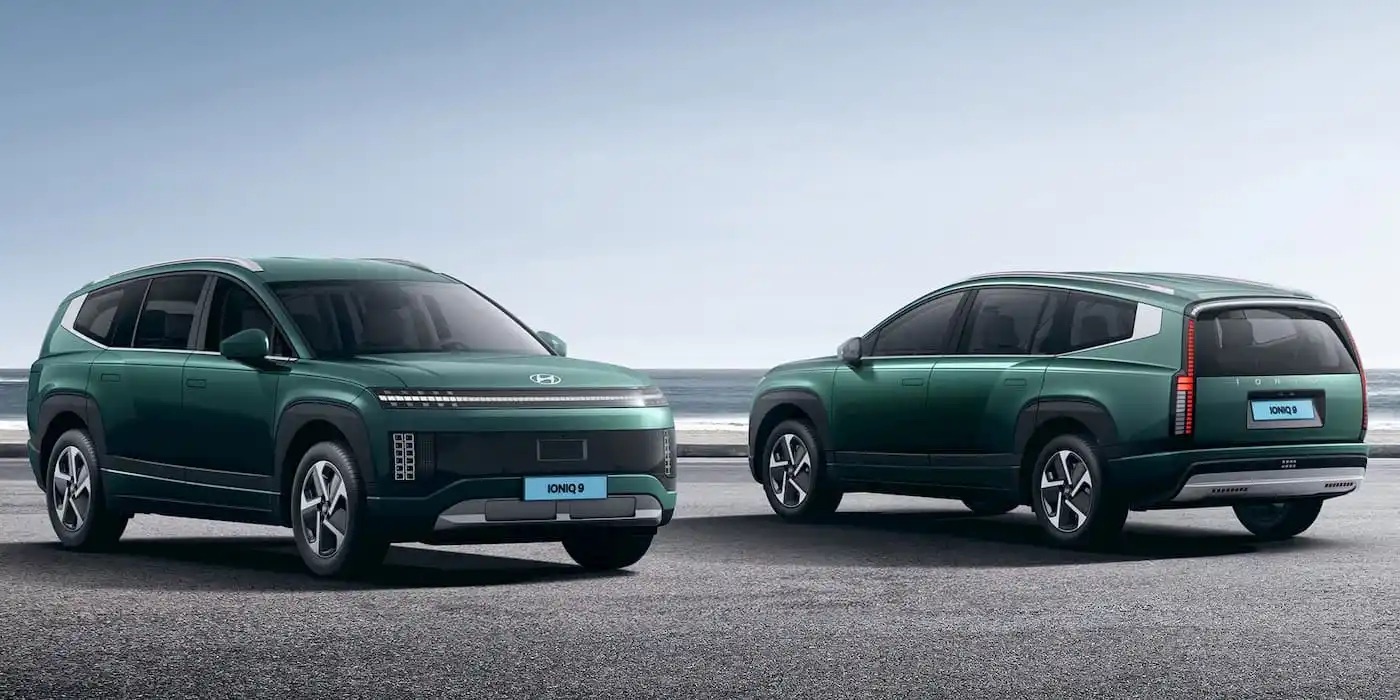After giving the Malaysia media a preview in April, Bermaz Motor Trading is now introducing the new Mazda MX-30 to the Malaysian public. The model, Mazda’s first battery-electric vehicle (BEV), is priced from RM198,780 and bookings are accepted at the Mazda Flagship showroom in Glenmarie, Selangor.
The development of the MX-30 is part of the company’s Sustainable Zoom-Zoom 2030 vision of achieving carbon neutrality. The carmaker has also taken a different approach with performance (acceleration, top speed, range) not being the main focus but practicality and urban usage. This approach has helped to manage the costs which are still high for BEVs.
The MX-30 uses e-SKYACTIV electric-drive technology with a single-motor powertrain having an output of 107 kW (143 ps)/271Nm. Powering the motor is a 35.5 kWh lithium-ion battery pack which is somewhat smaller in capacity than most other BEVs. Because of its smaller capacity, the range claimed is up to 199 kms which sounds a bit on the low side.
Mazda’s explanation for installing a battery with less capacity than others is to reduce the cost, since battery packs account for a large part of the cost of a BEV. So the engineers have tried to balance cost and range and they feel that, for its intended role as urban transport, 199 kms should be adequate. The added advantage of a smaller battery pack is less weight, and keeping weight down is very important for an electric vehicle.
Operating temperature also has an influence on the battery pack and the MX-30 has a refrigerant cooling system that cools the unit when the temperature gets high. By maintaining the best possible temperature even on hot days, the battery pack can operate optimally and reliably. Cooperative control between the air-conditioning and battery cooling systems achieves effective cooling performance for both systems.
As for charging, owners have the choice of normal AC charging or the faster DC charging method. Depending on the method, the quickest time to ‘refill’ up to 80% is around 36 minutes if the charging is done with a 40 kW supply. Generally, owners could also recharge overnight if they have a wallbox at home (which costs around RM7,000 to install). Such a practice would be no different from recharging a mobilephone at night when sleeping.
Mazda’s G-Vectoring Control (GVC), which uses the powertrain to improve chassis performance, has evolved into e-GVC Plus. This enhanced system leverages the torque characteristics of the electric motor to optimize the front-rear load shift under an even wider range of usage scenarios. For every speed range and in every driving situation, whether the driver is cornering or making steering corrections on straight roads, the system provides smooth and seamless transitions between longitudinal, latitudinal and vertical G-forces to deliver a whole new dimension of smooth vehicular behaviour.
The KODO – Soul of Motion design philosophy has been used for all the current Mazda models and the MX-30 is no exception. However, with this model, the designers have explored a new design direction that still follows the ‘Car-as-Art’ ethos. Some of the new design elements are an exterior that has been meticulously sculpted into a simple shape that emphasizes the beauty of the car as a single, solid unit.
KODO design also creates bodies that are carefully sculpted to move light and reflections across their surfaces in a very dynamic way. An interesting (but not unique) feature is the opening of the ’freestyle’ doors. The rear door is not hinged from the middle pillar (which does not exist) and is instead hinged on the body side towards the rear. When both doors are open, there is a wide entry space to the front and rear seats. This has been done before on the RX-8 and also used for some versions of Mazda pick-up trucks.
Such doors have been referred to as ‘suicide doors’ because, in earlier years when locking mechanisms were not so reliable or doors didn’t close properly, they could sometimes open by themselves. That would be dangerous when the car was moving fast as someone could fall out! However, with today’s stringent safety regulations and crash tests, the doors on the MX-30 should remain properly locked and closed. Incidentally, Rolls-Royce also has such doors on its cars.
While working on the exterior bodywork, the designers also applied Mazda’s human-centric design philosophy for the positioning of the charging port. To get the best natural standing position, they carried out studies on charging facilities for EVs around the world. These studies also told them that the best place for the charging port would be on the rear fender. A cap on the charging port protects it from rain and dust intrusion.
Though the MX-30’s has a compact external size, the cabin still offers comfortable accommodation. The dashboard is a clean surface with obvious minimalism as its concept. Like most other Mazda models, there is a vertical tablet-like display in the middle which provides infotainment information and management is either by touch or using the rotary knob on the floating centre console.
In pursuing the sustainability approach, many of the materials used for the MX-30 are eco-friendly and can be recycled. The material for the trim panels around the floating centre console is an example. It is from cork, one of man’s oldest construction materials. The environmental footprint of the cork used for the MX-30 is reduced further by using leftovers from the production of cork stoppers for wine bottles.
The inherent characteristics of cork are very useful for automotive interior applications where materials will often be in use for many years. It is virtually impermeable to liquids and gases and shows a high friction-resistance. This is due to the special honeycomb cell structure of cork, as well as a substance called suberin, which makes up about 45% of the material. Naturally hydrophobic, it acts as a sealant against water penetration and other liquids.
Besides being environmentally-sourced, cork is also historically special to Mazda because the company was known as Toyo Cork Kogyo Corporation and manufactured cork in its earlier years.
The floating centre console also has an electronic shifter with multi-function command knob and shortcut buttons that allow the driver or passenger to operate the 8.8-inch Mazda Connect Infotainment system. A 12-speaker Bose sound system which adopts Mazda’s Harmonic Acoustics audio system is standard and has a speaker layout that is meticulously designed in accordance with the human listening characteristics.
The MX-30 comes with a 5-year (or first 100,000 kms)manufacturer’s warranty. In addition, there is also a specific warranty for the battery pack which is up to 8 years or maximum of 160,000 kms, so owners need not worry about replacement costs.




